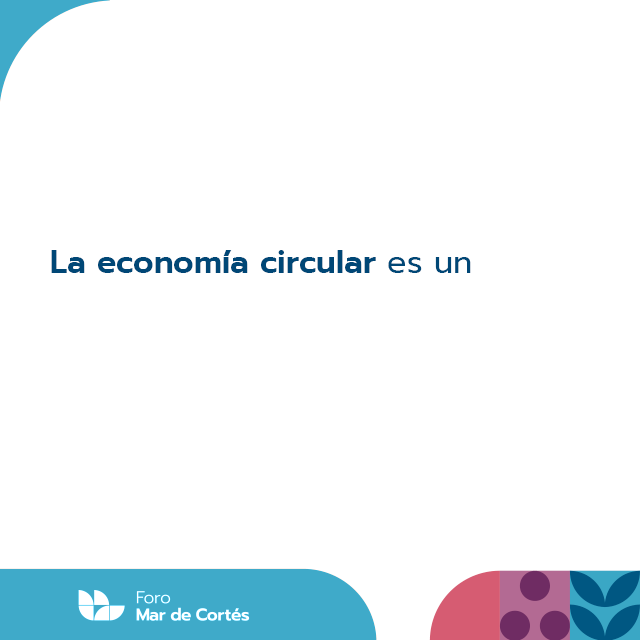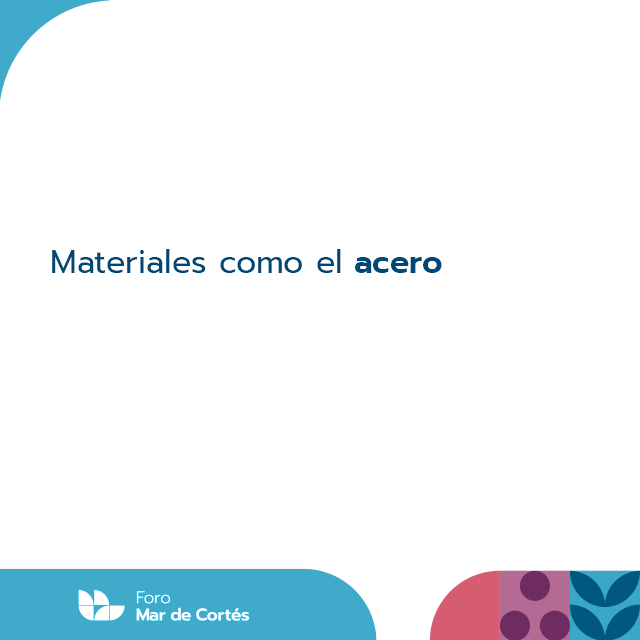Defined as a production and consumption model that involves sharing, renting, reusing, repairing, renewing and recycling existing materials and products as many times as possible to create added value, the circular economy is a path that companies can follow to reduce costs and lessen the impact their activity has on the environment.
In the United Kingdom, the UK Green Building Council (UKGBC) published a report on the positive impact that circular thinking can have in generating whole-life carbon reductions and value creation in construction projects, Retema noted.
Building materials such as steel and other existing structures are being reused in projects across the UK to save embodied carbon while reducing project costs.

Scarcity and cost of raw materials drive circular economy
UKGBC's "How Circular Economy Principles Can Affect Carbon and Value" report highlights that global scarcity and fluctuating raw material costs are driving the construction industry to explore opportunities to adopt circular thinking, including the reuse of materials and the repurposing of existing building structures.
Greater use of circular economy principles is essential to carbon reduction and the goal of achieving carbon neutrality by 2050.
The UKGBC report seeks to increase understanding within the built environment industry of how circularity can support reductions in whole-life carbon.
It further demonstrates that circularity benefits not only carbon, but meets a much broader set of organizational, social, environmental and financial objectives. The research also provides a library of case studies that demonstrate the positive impact circularity is already having on new and existing projects in the UK.

The circular economy is here and it works
Many new and existing construction projects in the UK have already used circular economy principles and can establish the resulting carbon reductions.
Most notable is the level of carbon savings that occur through the reuse of existing assets and materials, for example, the case studies illustrate how significant initial embodied carbon savings are being achieved through the reuse of existing structures, facades and steel.
However, the study concludes that measurement is infrequent, inconsistent and difficult due to the lack of a common set of metrics and methods for measuring both whole-life carbon and project circularity, although many individuals and groups are working to improve clarity and consistency on these issues.
"The circular economy represents a huge opportunity for the built environment industry. The research demonstrates that, through the intelligent application of circular practices, significant carbon savings can be achieved throughout the life cycle of a building, as well as delivering cost benefits and providing opportunities to enhance social value," noted Julie Hirigoyen, chief executive of UKGBC.
While the UKGBC roadmap confirmed that a net zero carbon built environment can be achieved by 2050, reaching this goal will require a transformational change in the way we approach and deliver construction projects, with circularity as a fundamental part of the solution.
Source: Retema.es


